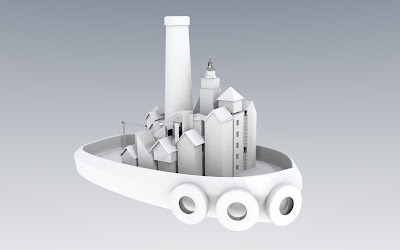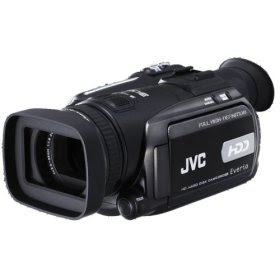
Development of Blender 2.5 is progressing well, but there has been a bit emphasis on animation features but those interested in modelling and rendering especially stills artists will still need 2.49 in their workflow.
I am really hanging out for the exporters for external render engines. The Blender internal is actually capable of getting good results however you have to know a few tricks to get things looking the way you want. The unfortunate downside of this can be by adding tricks to get part of your render looking good means that other parts may suffer. Generally there is a workaround but the complexity of doing this can turn rendering into a lengthy process. Time saved in fast render times can easily be lost in long setup tuning times for the Blender internal render engine.
...So that is where external render engines come into their own their lighting and material models often yield better results with less setup time, but they have longer render times.
The main engines worth looking at for use with blender are:
Opensource:
Luxrender: a great quality unbiased renderer, slow but excellent quality, very suitable for architectural visualisation, product renders and design mockups.
Yafaray: one of my favourite renderers, this engine takes a bit more setting up than Lux but strikes a great balance between quality and speed. It is versatile and is suitable for both animation and high quality stills. I have read some occasional critisism of this renderer however I feel that these come from people who are not prepared to take care with their render setup.
Commercial
Octane: This is shaping up as an engine to watch, still in beta stage but shows great speed and detail
Indigo: A good looking render engine, was a free beta that went commercial, the quality of its lighting for big architectural scenes is great!!!
So it's just a waiting game now for the render exporters to be finished for blender 2.5, none of the developers seem to love osx build very much, so if you are a mac user, just relax and use 2.49 for a while (unless you are using a macbook).
